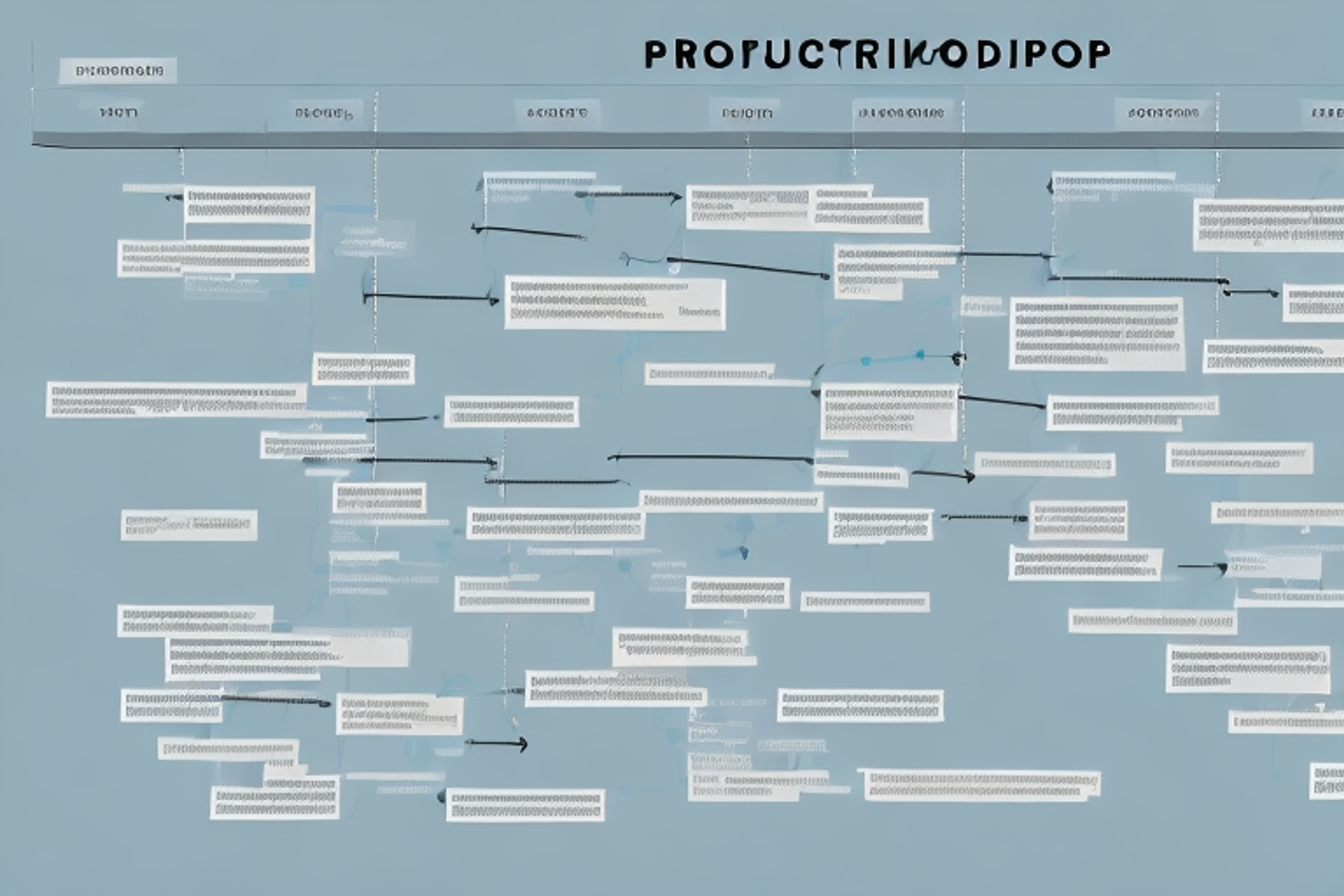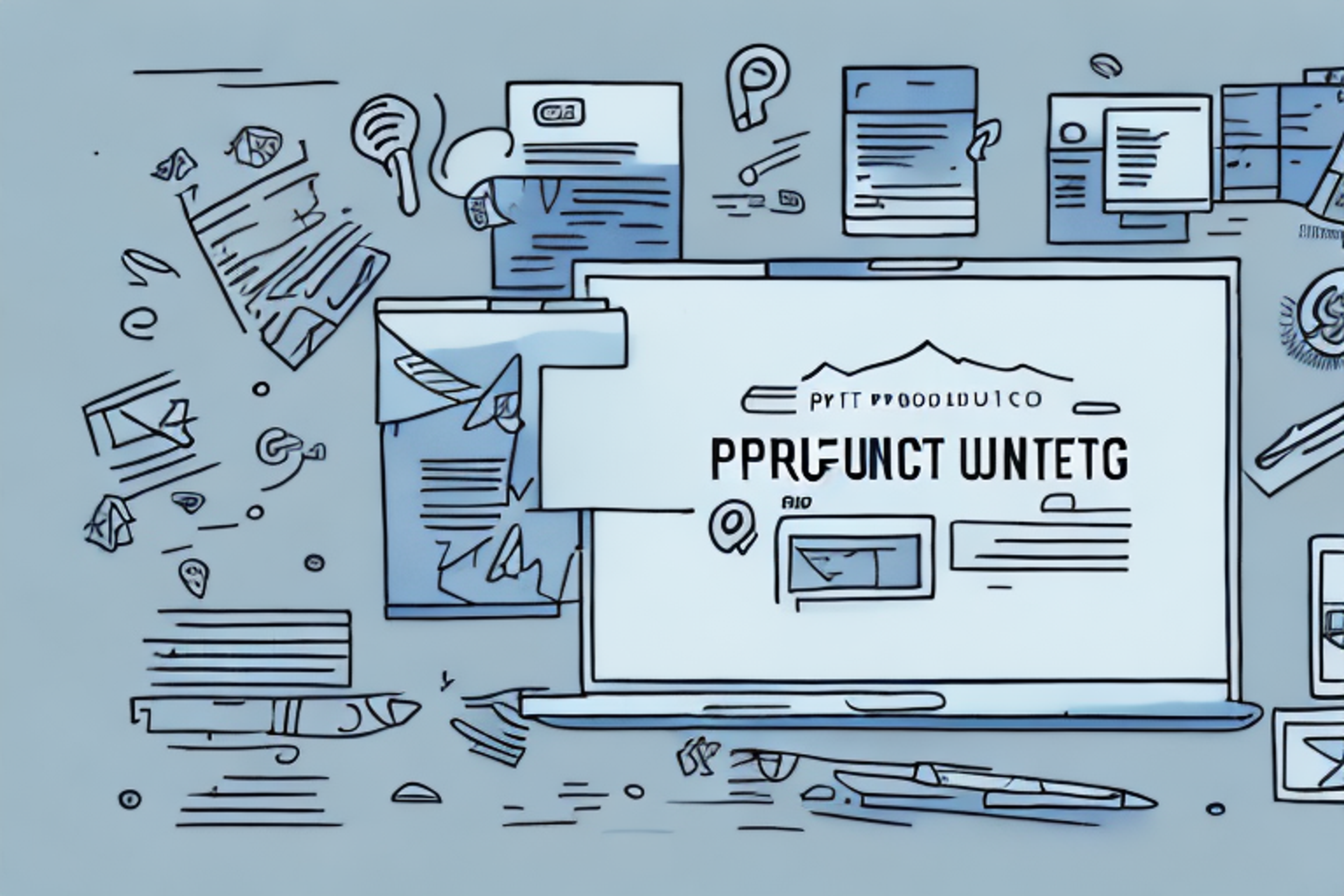OKRs and Prioritization Frameworks: Strategies for Product Managers
Discover how to effectively prioritize tasks and achieve your product goals with the help of OKRs and prioritization frameworks.
Posted May 15, 2023

Table of Contents
As a product manager, you face many challenges when it comes to driving your team towards successful outcomes. One of the most significant challenges is aligning everyone around a common set of goals and priorities. This is where OKRs (Objectives and Key Results) and prioritization frameworks come in. In this article, we'll explore the various strategies that product managers can use to leverage OKRs and prioritization frameworks to drive sustained success.
Defining OKRs: Objectives and Key Results
Before we dive into the strategies for using OKRs and prioritization frameworks, let's first get a clear understanding of what OKRs are. At a high level, OKRs are a method for defining concrete, measurable objectives and the key results that will be used to measure progress towards those objectives. Every objective should have at least one associated key result that can be quantified and measured. OKRs are designed to create alignment and focus within teams and organizations - ensuring that everyone is working towards the same set of objectives.
It's important to note that OKRs are not just a tool for setting goals, but also for tracking progress and making adjustments as needed. By regularly reviewing and updating OKRs, teams can stay on track and adapt to changing circumstances. Additionally, OKRs can help to foster a culture of transparency and accountability, as progress towards objectives and key results is often shared and discussed openly within teams and organizations.
Understanding Prioritization Frameworks and Why They Matter
OKRs are an effective way to set priorities, but once you have a set of objectives defined, you need a way to determine which activities will have the biggest impact towards achieving those objectives. This is where prioritization frameworks come in. Prioritization frameworks help you determine which activities to focus on by measuring the potential impact of each activity and the resources required to complete them. Prioritization frameworks allow product managers to make data-driven decisions about where to focus their team's efforts to achieve their OKRs.
There are several popular prioritization frameworks that product managers can use, such as the Eisenhower Matrix, Value vs. Effort Matrix, and the RICE scoring model. Each framework has its own strengths and weaknesses, and the choice of which one to use depends on the specific needs of the product team and the nature of the objectives they are trying to achieve.
It's important to note that prioritization frameworks are not a one-time solution. Priorities can change over time, and product managers need to regularly reassess their priorities and adjust their focus accordingly. By using prioritization frameworks, product managers can ensure that their team is always working on the most impactful activities and making progress towards achieving their objectives.
The Role of Prioritization in Product Management
Prioritization is critical for product managers because there are always more tasks to complete than there are resources available. Product managers need to be able to prioritize their work effectively, focusing on the highest-impact activities first. Good prioritization allows product managers to allocate resources effectively, avoid overloading team members, and ultimately achieve their objectives more efficiently.
One key aspect of prioritization is understanding the needs and goals of the business. Product managers must have a clear understanding of the company's overall strategy and how their product fits into that strategy. This allows them to prioritize tasks that align with the company's goals and objectives, ensuring that their work is contributing to the success of the business.
Another important factor in prioritization is communication. Product managers must be able to effectively communicate their priorities to their team members and stakeholders. This includes explaining why certain tasks are being prioritized over others and ensuring that everyone understands the reasoning behind these decisions. Clear communication helps to ensure that everyone is working towards the same goals and that resources are being allocated effectively.
Balancing Short-term and Long-term Goals with OKRs
OKRs should not just focus on short-term goals; they should also include long-term objectives. A well-designed set of OKRs should balance short-term and long-term goals in a way that enables the team to progress towards the long-term goals while still delivering against their short-term objectives. This approach allows teams to establish a sense of progress towards a common vision, which can help motivate team members and create a sense of ownership over the objectives.
It is important to note that the balance between short-term and long-term goals may vary depending on the nature of the project or organization. For example, a startup may need to prioritize short-term goals in order to secure funding and establish a foothold in the market, while a more established company may have the luxury of focusing more on long-term objectives. Regardless of the specific balance, the key is to ensure that both short-term and long-term goals are aligned with the overall vision and mission of the organization, and that progress towards both types of goals is regularly tracked and evaluated.
How to Align Your Team with OKRs and Prioritization Frameworks
Alignment is critical when using OKRs and prioritization frameworks. Each team member needs to understand the primary objectives, associated key results, and the prioritization framework to be used. Product managers should ensure that everyone is aligned and understand their role in helping to achieve those objectives fully. To drive team alignment, consider conducting meetings with team members to discuss OKRs, including why they were created, how they align with the company's strategy, and exactly what the team needs to achieve.
It is also important to regularly review and update the OKRs and prioritization frameworks to ensure they remain relevant and aligned with the company's goals. This can be done through regular check-ins with team members, analyzing progress towards key results, and adjusting priorities as needed. By keeping everyone informed and involved in the process, you can ensure that your team remains aligned and focused on achieving the company's objectives.
Creating an Effective Workflow for Implementing OKRs and Prioritization Frameworks
Implementing OKRs and prioritization frameworks requires a well-designed workflow. This workflow should break down the process into concrete steps, including defining objectives, creating key results, prioritizing work, assigning tasks, and measuring progress. The workflow should be repeatable to enable easy iteration and adjustment of objectives and key results as required. It should also facilitate collaboration, communication and ensure that everyone involved is aware of the steps in the process.
Common Mistakes to Avoid when Using OKRs and Prioritization Frameworks
To get the most out of OKRs and prioritization frameworks, product managers need to be aware of common mistakes that could undermine their effectiveness. Common mistakes include poorly defined objectives, key results that are too easy or too difficult to achieve, lack of alignment with the company's overall strategy, and failing to measure progress adequately. Product managers should take steps to avoid these mistakes, including taking the time to fully define objectives and key results, including the right set of stakeholders in the process, setting appropriate levels of ambition, and actively measuring progress against objectives.
How to Measure Success with OKRs and Prioritization Frameworks
Measurement is critical when it comes to OKRs and prioritization frameworks. Without measurement, it is impossible to determine whether you are making progress towards your objectives. Measurement should be included throughout the entire process, from defining objectives through to assessing the impact of each key result. Product managers should take steps to ensure that they are measuring the right things, including identifying relevant metrics and regularly reviewing progress towards objectives.
Real-world Examples of Successful Implementation of OKRs and Prioritization Frameworks in Product Management
Many successful companies have implemented OKRs and prioritization frameworks to great effect. For example, Google has famously used OKRs to align its teams and drive progress towards its strategic objectives. An example of prioritization frameworks includes the RICE model, which stands for Reach, Impact, Confidence, and Effort. This model helps to prioritize activities based on their potential to reach a large audience, achieve a significant impact, and the effort required to complete them. By learning from successful examples like these, product managers can more effectively leverage OKRs and prioritization frameworks to achieve their objectives.
The Future of OKRs and Prioritization Frameworks in Product Management
As the product management landscape evolves, it is clear that OKRs and prioritization frameworks will continue to play a vital role. With the increasing complexity of product management, it is more important than ever to establish clear objectives and priorities. OKRs and prioritization frameworks provide an effective method for doing this, enabling product managers to drive sustained success and effectively allocate resources in a rapidly changing market.
How to Continuously Improve Your Process with OKRs and Prioritization Frameworks
OKRs and prioritization frameworks are not set in stone; they require continuous improvement and adjustment to remain effective. Product managers should take steps to continuously evaluate their OKRs and prioritization frameworks, including assessing their effectiveness, gathering feedback from stakeholders, and identifying areas for improvement. By continuously improving their processes, product managers can ensure continued success and adapt to changing market conditions over time.
In summary, OKRs and prioritization frameworks are critical tools that product managers can use to achieve their objectives. By defining clear objectives, using prioritization frameworks to identify high-impact activities, and regularly measuring progress, product managers can enable their teams to work efficiently towards common goals. With the right strategy and a well-designed workflow, these tools can become the foundation of sustained success in product management.



















